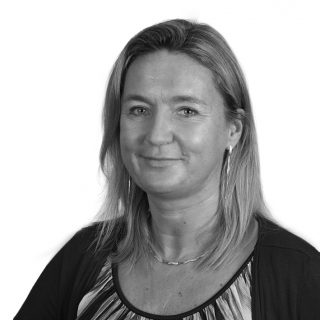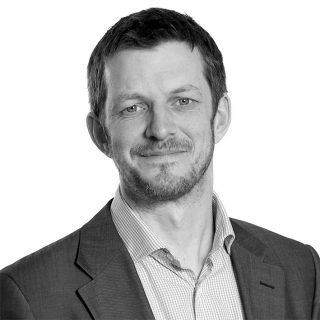The UK government has announced £109.7m of funding for research into driverless and low-carbon vehicles.
The first winners of the connected and autonomous vehicles competition, CAV2, will share £31m of the funding. According to the government, 24 projects demonstrated clear commercial value and identified technical solutions for connected and autonomous vehicle technology, including how these vehicles will work within the UK transport system.
Projects include the use of cars and pods platooning, or going in formation, to transport passengers from Stockport train station to Manchester Airport; the creation of vehicles capable of driving in a range of road environments; and technology that could make any car operate autonomously.
Meanwhile, seven projects will share £62m in grants from the Advanced Propulsion Centre (APC), a joint industry-government programme which aims to put the UK at the forefront of low-carbon vehicle technology.
These projects, led by BMW, CNH Industrial, Ford Motor Company, Jaguar Land Rover, Penso Consulting, Westfield Sportscars and Williams Advanced Engineering, include the development of a high-power battery suitable for high-performance vehicles, and technologies to reduce the weight and improve electrification in SUV vehicle platforms.
Another seven projects have won a total of £16.7m in funding from the government’s Office for Low Emissions Vehicles (OLEV) to advance the development of a range of ultra-low and zero emissions vehicle technologies. These projects will be led by Equipmake, Ford Motor Company, Great British Sports Cars, Jaguar Land Rover, Ricardo Innovations, Romax Technology and Wrightbus.
Commenting on the funding announcement, Ruth McKernan, chief executive of the UK’s innovation agency, Innovate UK, said: “These successful industry-led R&D projects will further spearhead UK development of low emission, and connected and autonomous vehicle technology, building on our world-leading research and innovation capability in this area and the significant strength of UK businesses large and small in this field.”





